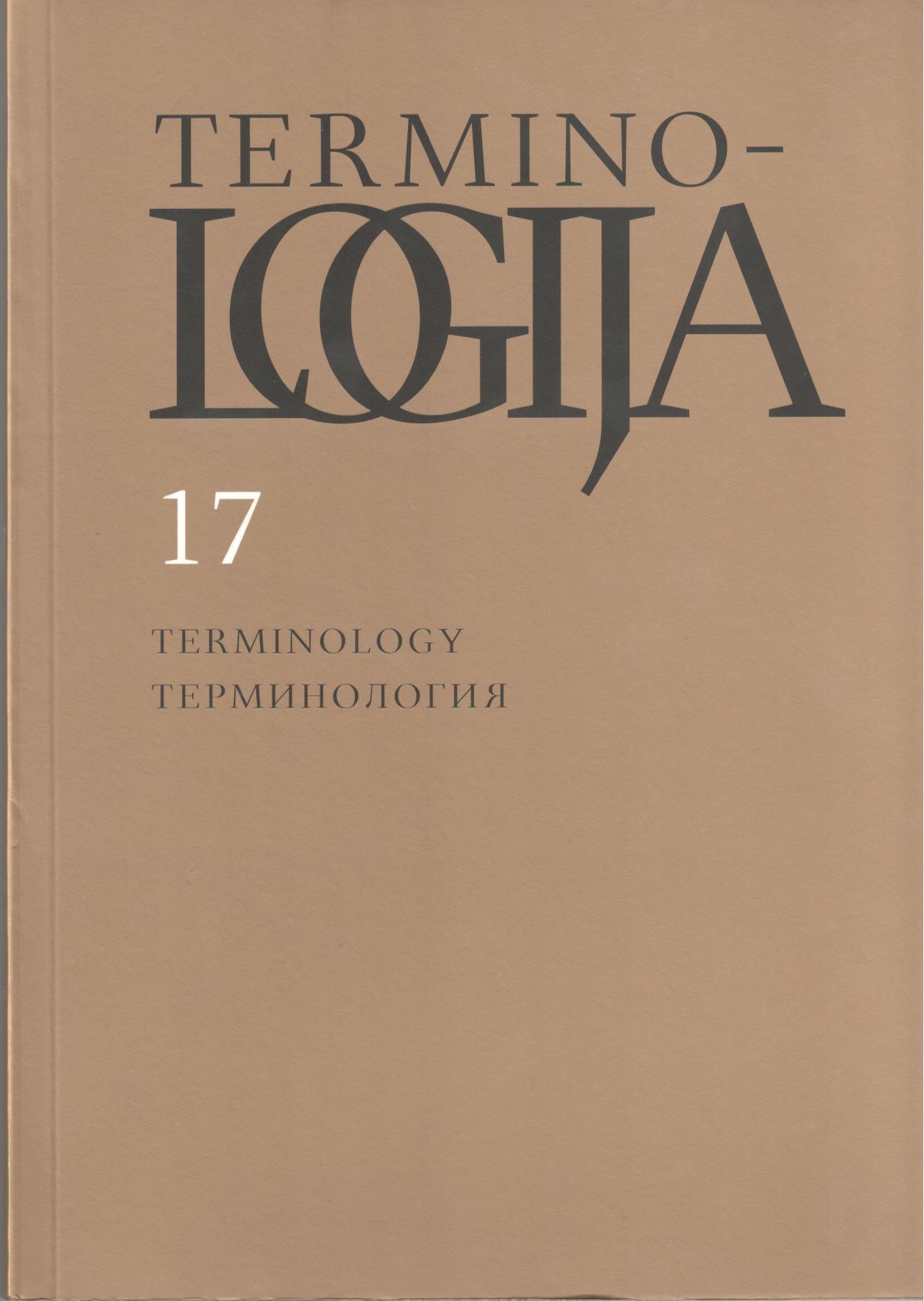Sudurtinių lietuviškų ir latviškų augalų genčių vardų darybos ypatumai
Pecularities of compound plant genera names' formation in Lithuanian and Latvian languages
Author(s): Solvita LabanauskienėSubject(s): Language and Literature Studies, Comparative Linguistics, Descriptive linguistics, Baltic Languages, Philology
Published by: Lietuvių Kalbos Institutas
Keywords: compound words; plant names; plant genera names;
Summary/Abstract: Three volume publication Flora of the Baltic Countries (1993–2003), published in Tartu, describes plants, growing in Lithuania, Latvia and Estonia – cryptogams and phanerogams (excluding the moss). This article aims to explore compound plant genera names in Lithuanian and Latvian languages according to their word formation type, to compare Lithuanian and Latvian compounds and to determine their common traits and differences. The study includes 118 Lithuanian and 209 Latvian compound plant genera names as the object of research.All compound words, except one Latvian compound word deviņvīruspēks, are composed of two components. There are six types of compound plant genera names in Lithuanian and Latvian languages, in accordance with the part of speech of their first and second component: 1.) compound words with substantive components, 2) compound words with adjective and noun, 3) compound words with noun and adjective, 4) compound words with numeral and noun, 5) compound words with adverb and noun, 6) compound words with noun and verb.Compound words with two substantive components constitute the largest group of plant genera names in Lithuanian and Latvian languages. Plant genera names of this type in Lithuanian and Latvian languages often have the second common component – Lith. žolė and Latv. zāle (grass).Compound words that consist of the first adjectival component and the second substantive component constitute the second largest group of compounds. Lithuanian and Latvian compounds of this type don’t have many similarities. First component quite often means colour: Lith. baltas (white), juodas (black), žilas (grey, white), Latv. balts (white), melns (black), brūns (brown), zaļš (green), zils (blue), sārts (scarlet).Most word formation processes are very similar in both languages, where compound is made up of two nouns. The first component of compound in Lithuanian and Latvian which is found in a few compounds usually contains the name of an animal (Lith. katė – Latv. kaķis (cat), Lith. šuo – Latv. suns (dog), Lith. pelė – Latv. pele (mouse), Lith. ožka – Latv. kaza (goat), Lith. varna – Latv. vārna (crow), etc.). Compound words that contain an adjective and a noun are particularly characteristic for Latvian plant genera names.Lithuanian and Latvian plant names formed from a numeral and noun are rare.Adverb-noun compounds are comparatively rare in Lithuanian botany nomenclature. Compound words composed of a noun and adjective and noun-verb compounds are untypical for plant genera names in Latvian language.Research into plant genera names in Flora of the Baltic Countries leads to the conclusion that compounding is less productive word-formation strategy in Lithuanian botany nomenclature than in Latvian and it corresponds to the tendencies of term formation in both Lithuanian and Latvian languages.
Journal: Terminologija
- Issue Year: 2010
- Issue No: 17
- Page Range: 54-67
- Page Count: 14
- Language: Lithuanian

